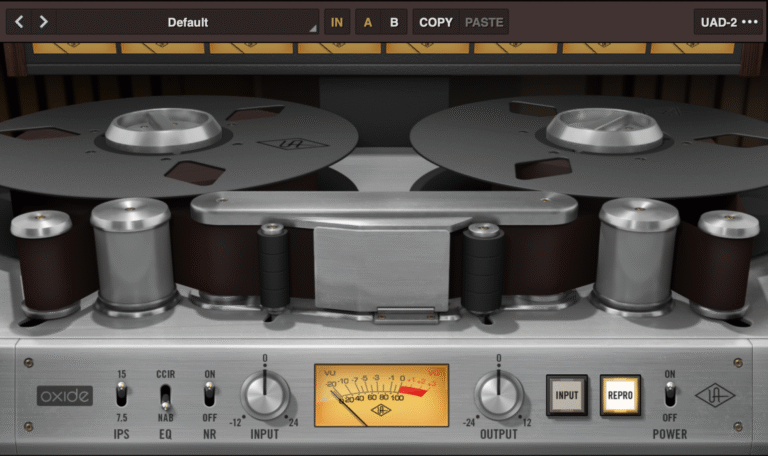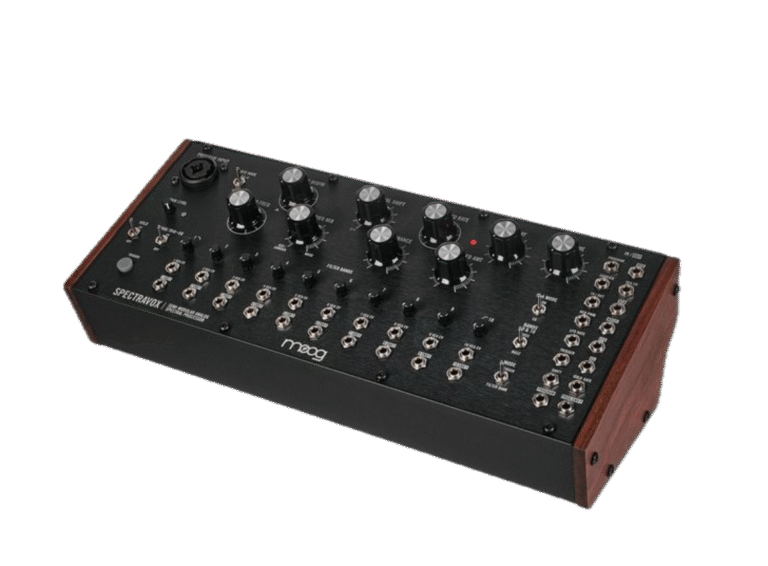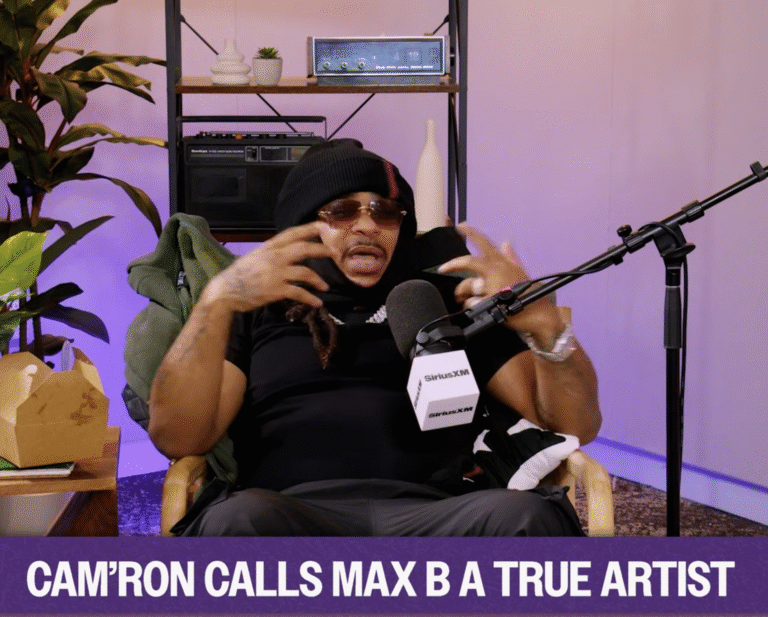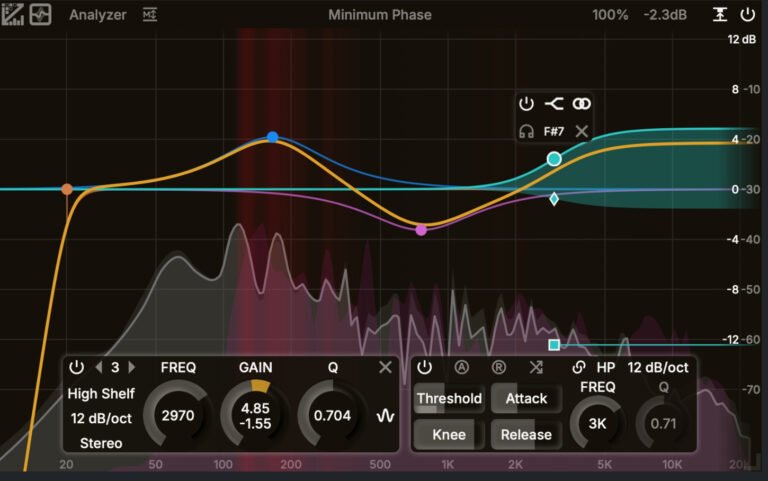Understanding MIDI and the Origins of Analog Synthesizers
PlughHeads, welcome to a new article dedicated to the foundations of electronic music.
Today, we’re diving into the world of MIDI and exploring the origins of analog synthesizers — two pillars of modern music production.
What Is MIDI?
Let’s begin with MIDI, an acronym for Musical Instrument Digital Interface. While the full phrase is important, the word interface deserves special attention. In simple terms, an interface is a system that allows two or more units to connect and exchange information — think of how a USB port connects a mouse to a computer.
In the MIDI context, we can break the system into two essential components:
- Physical aspect: This is the medium through which information travels — it could be a cable, Wi-Fi, or Bluetooth.
- Logical aspect: This refers to the shared language used by devices to communicate.
Both aspects must be present and functional. Just like a conversation between two people requires physical presence and a common language, devices need both a physical link and a mutual understanding to interact.
Why “Digital”?
The term digital in MIDI highlights that the data is expressed through numbers. In audio, we distinguish between two major formats:
- Analog, like vinyl records, where sound is physically engraved in grooves.
- Digital, like CDs, where audio is encoded in numerical form — a finite sequence of numbers.
The “Musical Instrument” Part
Here, we’re referring to electronic musical instruments, where sound is produced not by moving mechanical parts, but by manipulating electrical current.
The Birth of the Analog Synthesizer (1964)
The word analog refers to sound generated through continuous electrical current, without any digital encoding. Nowadays, we’re used to software synthesizers that emulate analog hardware using digital algorithms. These plugins generate waveforms almost identical to the ones produced by vintage circuits.
The pioneers of this revolution were Robert Moog and Don Buchla. Working independently, they developed the first modular synthesizers, not to mimic traditional instruments, but to create an entirely new way of generating sound through electricity.
- Moog worked in New York, shaping what became the East Coast approach.
- Buchla operated in San Francisco, defining the more experimental West Coast approach.
These early synths were modular systems made of separate components (oscillators, filters, envelopes, etc.), all connected via patch cables. A keyboard or sequencer, acting as the controller, had to be connected externally.
The Need for Standardization: Enter MIDI
By the early 1980s, musicians needed a universal language to connect controllers and synthesizers from different manufacturers. This led to the birth of the MIDI protocol, a groundbreaking interface that forever changed the way electronic musical instruments communicate.
Switched-On: Moog’s Breakthrough
Robert Moog had a brilliant idea: record a demo to showcase the sonic potential of his synthesizer. That moment came in 1968 with the release of “Switched-On Bach” — 12 pieces by Johann Sebastian Bach, arranged and recorded entirely on a Moog synthesizer by Walter Carlos (produced by Rachel Elkind).
The album was a massive success and became the best-selling classical record of its time, sparking what came to be known as “Moogmania.”
Shortly after, Walter Carlos transitioned and became Wendy Carlos, continuing her career with groundbreaking musical works.
Making Synths Portable: The Minimoog
Despite their popularity, early modular synths were bulky, fragile, and impractical for live performance. To fix this, Bill Hemsath, a Moog engineer, designed a compact, integrated synthesizer: the Minimoog.
Unlike its modular predecessors, the Minimoog came with a built-in keyboard and hardwired modules — no need for patch cables. It was ready to use out of the box and became a commercial success, forever changing live electronic music.
ARP, EMS, and European Innovation
Meanwhile, ARP Instruments, founded by Alan R. Pearlman, introduced the ARP 2500, a modular synth using a matrix system instead of patch cables — solving the infamous “spaghetti” issue. Their compact answer to the Minimoog came in 1972: the ARP Odyssey, designed for live performance.
In the UK, EMS (Electronic Music Studios) made waves with the VCS3 in 1969. Designed by Peter Zinovieff and team, it featured a 16×16 patch matrix with metal pins — an elegant, compact solution for routing signals.
Synths in Rock Music: “Lucky’s Lead”
Moog synthesizers soon found their way into pop and rock music. A landmark moment came with “Lucky Man” by Emerson, Lake & Palmer. During the final solo, Keith Emerson used a Moog modular synth to create a legendary sound — now known as “Lucky’s Lead” — one of the earliest iconic synth solos in rock history.
Conclusion
MIDI and analog synthesizers laid the groundwork for the digital music era we live in today. MIDI, in particular, became the invisible backbone of every DAW, plugin, and live electronic performance, creating a universal language for musical machines — no matter the brand.
Stay tuned for more deep dives into the tech and history behind the music you love.
Bestsellers
-
90s Classic Hiphop MPC Midi Beats Starter
Original price was: € 29,00.€ 9,99Current price is: € 9,99. -
Albania Song Starter Euro Pack 2025
Original price was: € 29,99.€ 9,99Current price is: € 9,99. -
Albanian Folk Midi Pack Song Starter
Original price was: € 19,99.€ 9,99Current price is: € 9,99. -
BALKAN HABIBI PACK MIDI & WAV
Original price was: € 29,99.€ 19,99Current price is: € 19,99. -
Balkan Instrumental Pack Gmin 100Bpm Pack Midi & Wav.zip
Original price was: € 19,99.€ 9,99Current price is: € 9,99. -
Balkan Love Vol.2 HipHop Beat Pack 96khz 96 BPM Eb min
Original price was: € 29,99.€ 19,99Current price is: € 19,99. -
Balkans Pop Midi Song Starter
Original price was: € 29,99.€ 9,99Current price is: € 9,99. -
Blinding Lights Midi Pack 171BPM C#M
Original price was: € 19,99.€ 9,99Current price is: € 9,99. -
Dilla Legacy MPC Sample Pack
Original price was: € 48,00.€ 32,00Current price is: € 32,00.













